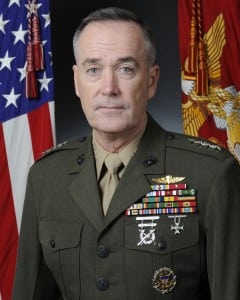
The Joint Chiefs of Staff and combatant commanders are working on a new classified strategy document that will give the defense secretary options for dealing with transregional threats that combine different domains and different styles of warfare, the military’s No. 1 officer said March 29.Since unveiling the fiscal 2017 budget request, Defense Secretary Ashton Carter and Chairman of the Joint Chiefs of Staff Marine Gen. Joseph Dunford have repeated that the military must be able to counter what it sees…













